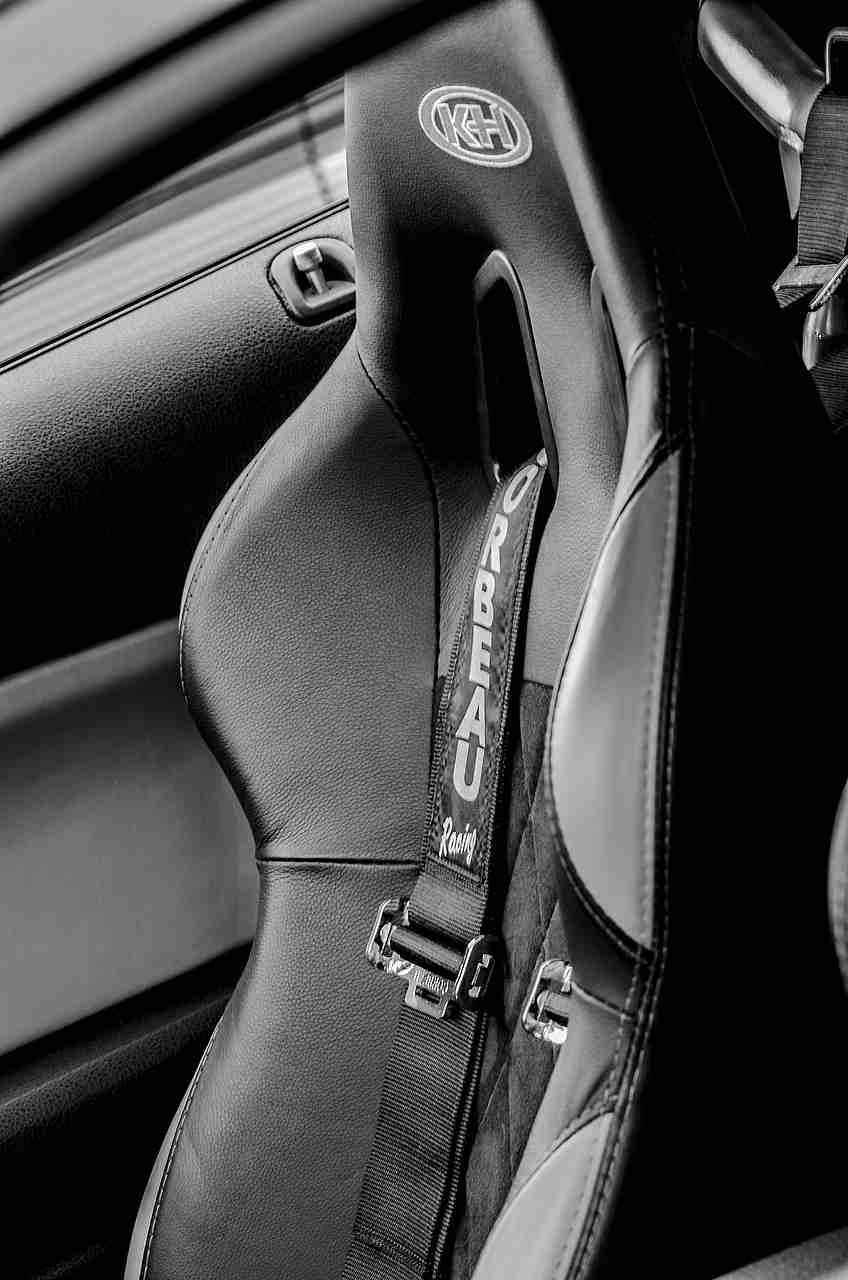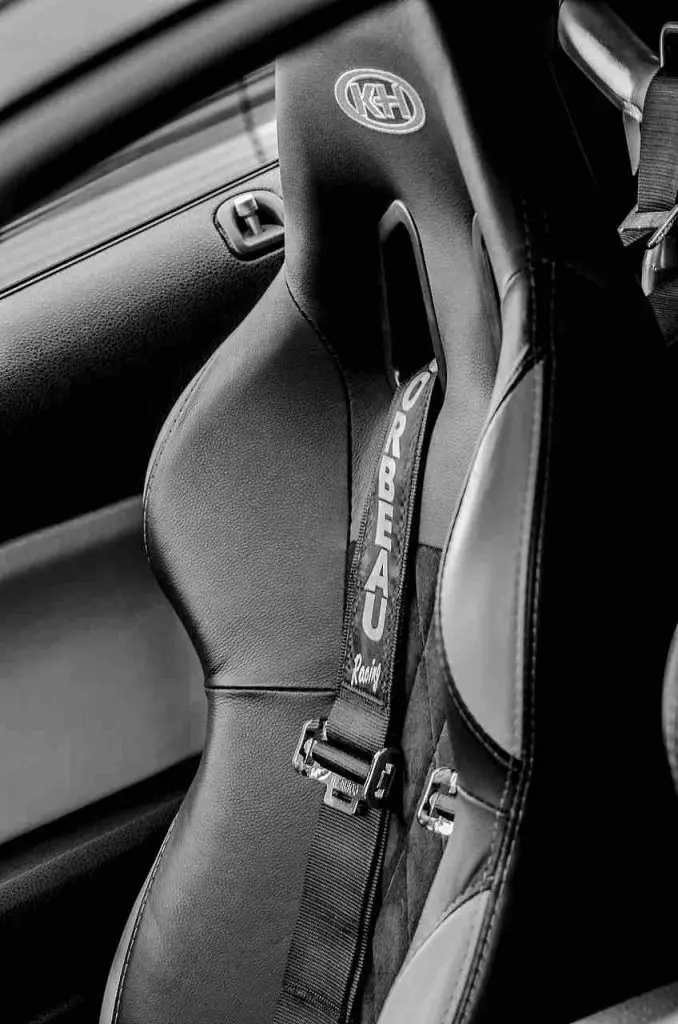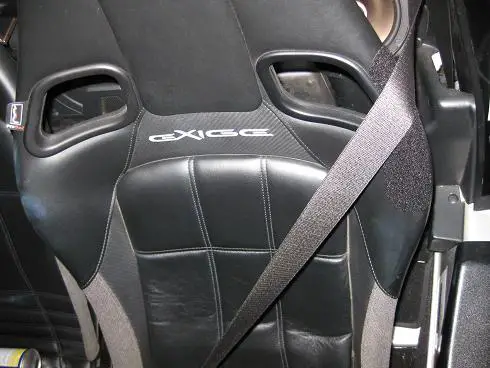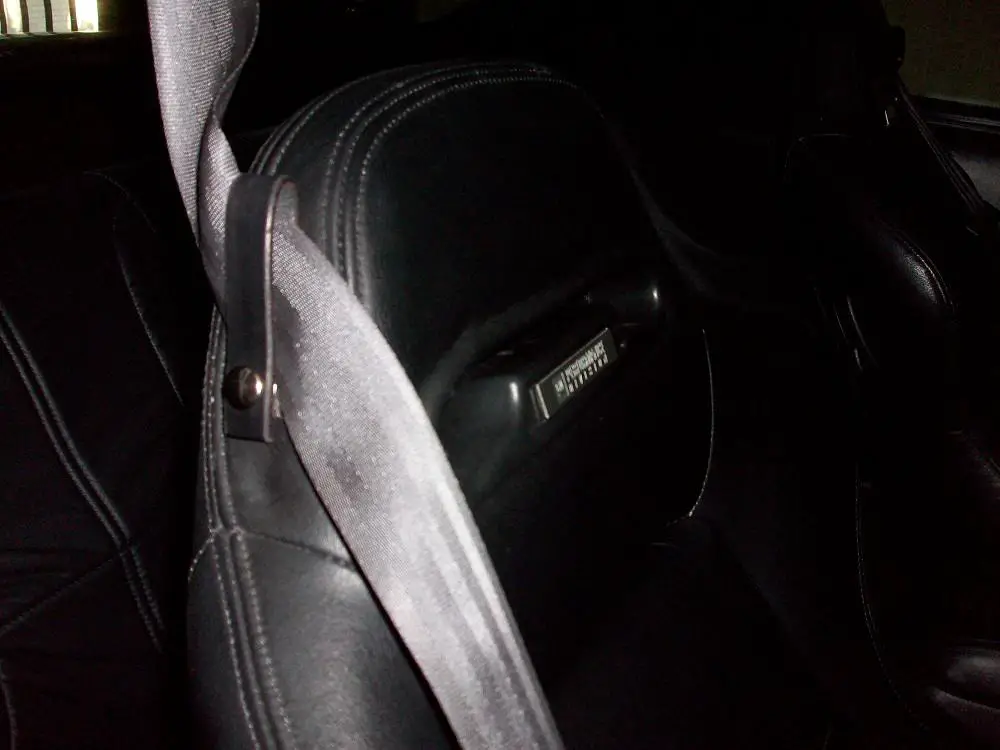Car seat laws are an important aspect of child safety in vehicles. These laws establish guidelines for the age, size, and type of car seat or booster seat that children must use while riding in a car.

In Alaska, as in other states, these laws are in place to reduce the risk of injury or death in the event of a motor vehicle accident.
In this article, we will provide a detailed overview of Alaska’s car seat laws, as well as best practices for using car seats and resources for parents.

Alaska’s Car Seat Laws
Age and size requirements for car seats and booster seats
In Alaska, children under the age of 1 must ride in a rear-facing car seat. Once a child reaches the age of 1 and weighs at least 20 pounds, they may transition to a forward-facing car seat with a harness.
Children who are at least 4 years old and weigh at least 40 pounds may use a booster seat. It is important to note that these are minimum age and size requirements, and children may need to use a car seat or booster seat for longer if they do not meet the height and weight requirements for the next stage.
Requirements for rear-facing car seats
Rear-facing car seats are the safest option for infants and young children, as they provide the most support for the head, neck, and spine in the event of a collision. In Alaska, all children under the age of 1 must ride in a rear-facing car seat.
It is recommended to keep children in a rear-facing car seat for as long as possible, up to the maximum weight and height limits of the seat.
Requirements for forward-facing car seats
Once a child reaches the age of 1 and weighs at least 20 pounds, they may transition to a forward-facing car seat with a harness. It is important to use a car seat with a harness for as long as possible, up to the maximum weight and height limits of the seat.
Children should not be moved to a booster seat until they have outgrown the weight and height limits of their forward-facing car seat.
Requirements for booster seats
Booster seats are designed to lift a child up so that the seat belt fits properly over their lap and shoulder. In Alaska, children who are at least 4 years old and weigh at least 40 pounds may use a booster seat.
It is important to use a booster seat until the seat belt fits properly without it, which typically occurs when a child is at least 4’9″ tall and between 8 and 12 years old.
Exceptions to the car seat laws
There are a few exceptions to Alaska’s car seat laws. For example, if a child has a medical condition that requires them to be transported in a different manner, they may be exempt from the car seat laws.
It is important to discuss any medical exemptions with a healthcare provider and to have a written statement from the provider explaining the need for an exception.

Best Practices for Using Car Seats
Proper installation of car seats
Proper installation of car seats is crucial for ensuring the safety of children while riding in a vehicle.
In order to install a car seat correctly, it is important to follow the instructions provided by the manufacturer and to use the appropriate installation method for the seat (e.g. using the seat belt or LATCH system).
It is also important to make sure the car seat is securely fastened to the vehicle and that the harness is tightened properly to hold the child securely in the seat.
How to choose the right car seat for your child’s age and size
When choosing a car seat for your child, it is important to select one that is appropriate for their age and size.
This means selecting a rear-facing car seat for infants and young children, a forward-facing car seat with a harness for older children, and a booster seat for children who have outgrown their forward-facing car seat.
It is also important to consider the weight and height limits of the car seat and to choose one that will accommodate your child as they grow.
Tips for securing your child in the car seat properly
Once you have selected and properly installed a car seat for your child, it is important to make sure they are secured in the seat properly.
This includes adjusting the harness straps to fit snugly against your child’s body, securing the chest clip at armpit level, and ensuring that the car seat is at the correct angle.
It is also important to make sure that your child’s clothing does not interfere with the proper functioning of the car seat, such as by covering the harness straps or obstructing the chest clip.
Resources for Parents in Alaska
Where to find car seat inspection stations
In Alaska, there are several car seat inspection stations where parents can have their car seats checked for proper installation and use.
These stations are typically located at fire stations, hospitals, and other public facilities. To find a car seat inspection station near you, you can search online or contact your local fire department or hospital.
Where to find financial assistance for purchasing car seats
If you are in need of financial assistance to purchase a car seat, there are several resources available in Alaska.
Some options include the Children’s Health Insurance Program (CHIP), the Special Needs Children’s Program (SNCP), and the Department of Health and Social Services (DHSS). You can also check with local organizations, such as hospitals or community centers, to see if they offer any assistance programs or discounts for car seats.

Other resources
In addition to car seat inspection stations and financial assistance programs, there are many other resources available to parents in Alaska who are looking for information on car seat safety. These resources include online tutorials and guides, safety brochures, and educational events hosted by local organizations.
Conclusion
In conclusion, following Alaska’s car seat laws and best practices for using car seats is crucial for ensuring the safety of children while riding in a vehicle.
By selecting the right car seat for your child’s age and size, installing it properly, and securing your child in the seat correctly, you can help protect them in the event of a motor vehicle accident.
If you have any questions or concerns about car seat safety in Alaska, there are many resources available to help you make informed decisions and keep your child safe while traveling in a car.
